Table of content
- The Freezing Process
- The Role of Temperature
- Packaging and Freezer Storage
- Physical Changes
- Chemical Changes
- Nutritional Changes
- Sensory Changes
- Initial Quality of the Meat
- Storage Conditions
- Signs of Spoilage
- Thawing and Preparation
- Proper Freezing Techniques
- Inspection Before Thawing
- Safe Thawing Practices
- Prompt Cooking
- Proper Storage of Leftovers
- Understanding the Risks
- Following General Food Safety Practices
- Considering Individual Circumstances
Introduction
When it comes to food safety and storage, there are numerous questions that arise in the minds of consumers. One such common query is whether it is safe to consume lamb that has been stored in the freezer for an extended period, specifically six months. Understanding the intricacies of food preservation, especially in the context of frozen meat, is crucial to ensure that one does not compromise on health due to improper storage practices. This article delves into the various aspects of freezing lamb, including the science behind food preservation, the effects of long-term freezing on meat quality, and the specific guidelines for safely consuming lamb that has been in the freezer for six months.
Understanding Food Preservation Through Freezing
Freezing is a widely used method of food preservation that involves lowering the temperature of food to a point where the growth of microorganisms, such as bacteria, yeast, and molds, is significantly slowed or stopped. This process extends the shelf life of food by inhibiting the biochemical reactions that cause spoilage. The primary principle behind freezing as a preservation technique is the formation of ice crystals within the food, which disrupt the cellular structure and slow down enzymatic activity.
The Freezing Process
When food is frozen, water within its cells transforms into ice crystals. The size and distribution of these crystals are influenced by factors such as freezing rate, temperature fluctuations during storage, and the packaging material used. Rapid freezing, often achieved through blast freezing or cryogenic freezing, produces smaller ice crystals that are less damaging to the food’s cellular structure, thereby preserving its quality better than slower freezing methods.
The Role of Temperature
The effectiveness of freezing in preserving food is heavily dependent on maintaining a consistently low temperature. For most types of meat, including lamb, the recommended storage temperature in a freezer is below 0°F (-18°C). This temperature range ensures that the growth of microorganisms is virtually halted, thereby extending the food’s shelf life.
Packaging and Freezer Storage
Proper packaging is essential to prevent freezer burn, which occurs when ice crystals sublime (transition directly from solid to gas) on the surface of the food, causing dehydration and a loss of quality. Vacuum-sealed packaging or heavy-duty freezer bags that are properly sealed can help minimize air exposure and reduce the risk of freezer burn. Additionally, labeling frozen food with the date it was placed in the freezer aids in tracking its age and ensuring timely consumption.
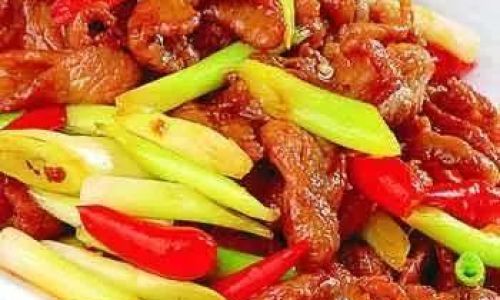
Effects of Long-Term Freezing on Lamb Quality
While freezing effectively extends the shelf life of lamb, it does not completely halt the deterioration of its quality. Over time, various physical, chemical, and sensory changes occur that can affect the meat’s appearance, texture, flavor, and nutritional value.
Physical Changes
Long-term freezing can lead to the formation of larger ice crystals, which disrupt the meat’s cellular structure more extensively. This results in a loss of moisture and a change in texture, often described as a drier, tougher, and less tender mouthfeel. Additionally, freezer burn can cause discoloration and a surface that is dry and leathery.
Chemical Changes
Freezing also alters the chemical composition of lamb. Enzymatic reactions, oxidation, and hydrolysis continue to occur, albeit at a slower rate, leading to changes in the meat’s pH, protein structure, and fat composition. These changes can result in a loss of flavor and aroma compounds, contributing to a less appealing sensory experience.
Nutritional Changes
The nutritional value of lamb can also be affected by long-term freezing. Some vitamins, particularly water-soluble ones like vitamins B and C, may degrade over time. However, the protein content and most minerals are relatively stable and retain their nutritional benefits.
Sensory Changes
The most noticeable effects of long-term freezing on lamb are often sensory. The meat may develop an off-odor or flavor due to the breakdown of fats and proteins. Additionally, the texture can become less appealing, with a noticeable loss of moisture and tenderness.
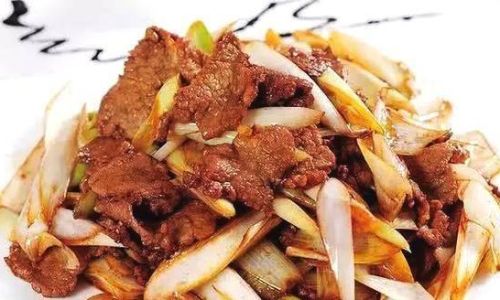
Safety Considerations for Eating Frozen Lamb
When considering whether it is safe to eat lamb that has been in the freezer for six months, several factors must be taken into account, including the initial quality of the meat, storage conditions, and signs of spoilage.
Initial Quality of the Meat
The quality of the lamb at the time of freezing is crucial. Meat that is fresh, properly trimmed of excess fat and sinew, and free of contamination is more likely to retain its quality during frozen storage.
Storage Conditions
Maintaining consistent freezer temperatures below 0°F (-18°C) is essential to slow the growth of microorganisms and preserve the meat’s quality. Temperature fluctuations, even if brief, can accelerate the formation of larger ice crystals and promote the growth of bacteria. Additionally, proper packaging helps prevent freezer burn and dehydration.
Signs of Spoilage
Before consuming frozen lamb, it is important to inspect it for signs of spoilage. Discoloration, an off-odor, or a slimy texture are all indicators that the meat may not be safe to eat. If any of these signs are present, it is best to discard the lamb to avoid potential foodborne illness.
Thawing and Preparation
Proper thawing and preparation techniques are also critical to ensuring the safety and quality of frozen lamb. The safest method for thawing meat is in the refrigerator, where it can take several hours to several days depending on its size. Thawing at room temperature or in hot water is not recommended as it can promote the growth of bacteria. Once thawed, lamb should be cooked immediately to an internal temperature of 145°F (63°C) for medium-rare or higher for well-done to ensure that any potential pathogens are destroyed.
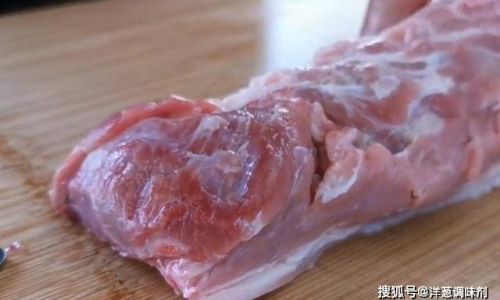
Guidelines for Safe Consumption of Frozen Lamb
To ensure the safe consumption of lamb that has been in the freezer for six months, follow these guidelines:
Proper Freezing Techniques
- Use vacuum-sealed packaging or heavy-duty freezer bags to minimize air exposure.
- Label the meat with the date it was placed in the freezer.
- Ensure the freezer temperature is consistently below 0°F (-18°C).
Inspection Before Thawing
- Check the meat for signs of freezer burn, discoloration, or off-odors.
- Discard any lamb that shows signs of spoilage.
Safe Thawing Practices
- Thaw lamb in the refrigerator, allowing ample time for it to reach a safe temperature for cooking.
- Avoid thawing at room temperature or in hot water.
Prompt Cooking
- Cook thawed lamb immediately to an internal temperature of 145°F (63°C) or higher.
- Use a food thermometer to ensure accurate cooking temperatures.
Proper Storage of Leftovers
- If there are leftovers, store them in the refrigerator and consume within a few days.
- Avoid reheating lamb more than once as this can further degrade its quality and increase the risk of foodborne illness.
Understanding the Risks
- Be aware that while freezing extends the shelf life of lamb, it does not guarantee its safety indefinitely.
- Use your senses (sight, smell, and touch) to assess the meat’s condition before and after cooking.
Following General Food Safety Practices
- Wash hands, utensils, and surfaces thoroughly after handling raw meat to prevent cross-contamination.
- Keep raw and cooked meat separate to avoid contamination.
Considering Individual Circumstances
- People with weakened immune systems, such as the elderly, pregnant women, and young children, may be more susceptible to foodborne illnesses and should be particularly cautious when consuming frozen meat.
Conclusion
In conclusion, while it is possible to safely eat lamb that has been in the freezer for six months, several factors must be taken into account to ensure its quality and safety. Proper freezing techniques, consistent storage conditions, and thorough inspection before and after thawing are all critical steps in maintaining the safety and quality of frozen lamb. By following these guidelines, consumers can enjoy the taste and nutritional benefits of lamb, even after it has been stored for an extended period in the freezer. However, it is important to remember that the longer meat is frozen, the more likely it is to suffer quality degradation, so it is always best to consume frozen lamb within a reasonable timeframe to maximize its sensory appeal and nutritional value.
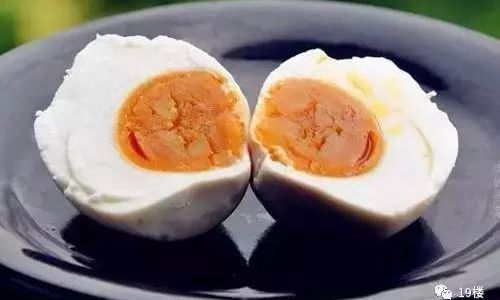
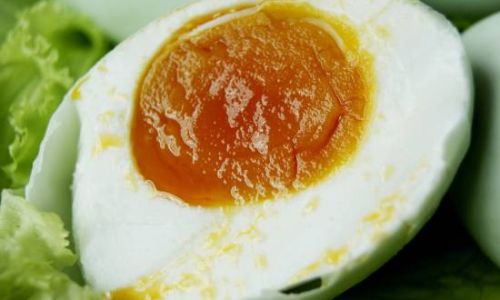
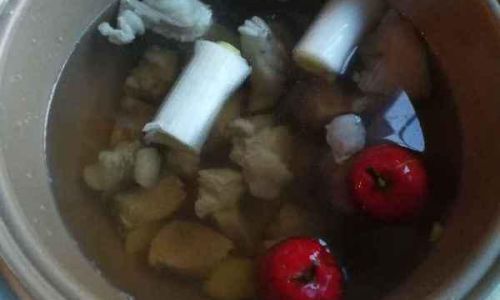
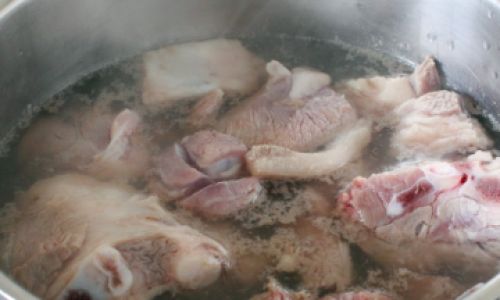
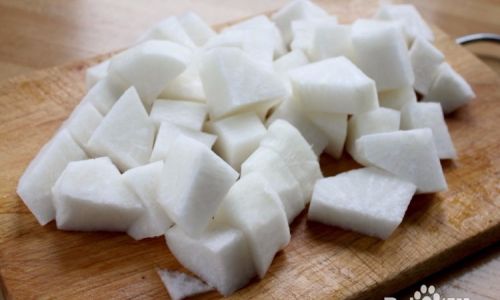
0 comments